Whether a history buff, a thrill seeker, or a nature lover, finding the best original offbeat vacation is never easy. For those who are all three, Sleepy Hollow ticks every box. This historic village 30 miles (48km) north of New York City on the Hudson River, may just be that perfect novel vacation. The place oozes with stories of haunted cemeteries, a headless ghost, and witch-fearing Dutch settlers, but if that all becomes too nerve-racking, there are a multitude of things to see and do around the numerous parks, spectacular Hudson River, and the neighboring towns.
Sleepy Hollow has been called “one of the most haunted places in the world” but also the “10th safest city in the state of New York”, which arguably makes the ghosts more bark than bite – or rather, fright than smite! Sleepy Hollow was settled in 1640 but wasn’t put on the tourist map until the writer, Washington Irving, wrote a short story in 1820 called “The Legend of Sleepy Hollow” later made more famous by a Tim Burton movie starring Johnny Depp. But the town has so much more to offer than clickbait horror stories – let’s dive into all the things one can see and do in this fascinating and well-preserved colonial village.
Best Things To See And Do While Visiting Sleepy Hollow
The Headless Horseman Sculpture & Bridge
The wooden bridge where the Headless Horseman famously hurls a pumpkin at the protagonist’s head in Irving’s story no longer exists. It rotted away a long time ago and has been replaced by one less likely to fall into the Pocantico River, but it’s a great starting point for a tour through the scary bits.
By the bridge, there’s a plaque that reads, “The Headless Horseman Bridge. Described by Irving in the Legend of Sleepy Hollow formerly spanned this stream at this spot.”
Nearby is the Headless Horseman statue, created by local artist Linda Perlmutter out of 11 tons of steel panels.
Blending in with the surrounding autumnal colors of fall, the rich red ocher sculpture was unveiled to the public at Halloween in 2006. It’s a popular place for a selfie before continuing on to the Old Dutch Church and Burying Ground.
Old Dutch Church and Burying Ground
Not to be confused with the Sleepy Hollow Cemetery, the Burying Ground is the haunt of the cranially-challenged Horseman himself as well as Hulda the Witch and other less theatrical residents of Sleepy Hollow.
Every night, according to local lore, the Horseman searches Sleepy Hollow for his missing head making sure to hurry back to his grave before daybreak.
Built in 1697 near a pre-existent graveyard, the Old Dutch Church is the oldest church in the state of New York. The burial grounds go back to the early Dutch immigrants who came to New York in the 17th century and some of their tombstones, engraved in Dutch, are still standing.
Inside the church are wooden pews with two side aisles facing a raised wooden pulpit and a pipe organ high up at the back of the church. Worship services are held every Sunday.
- Self Guided Tours: A copy of Tales of the Old Dutch Burying Ground with a fold-out map of the cemetery can be purchased from Sleepy Hollow Gifts, or at the museum shop at Philipsburg Manor.
- Parking: None on-site. Parking is inside the adjacent Sleepy Hollow Cemetery with a short walk to the churchyard. All vehicles and pedestrians must exit Sleepy Hollow Cemetery no later than 4:30 pm.
Sleepy Hollow Cemetery
Despite the 45,000 people buried in Sleepy Hollow cemetery, its 90 arboreous acres are a pleasure to walk through at any time of the year but in fall, the cedars, sycamores, oaks, and beeches are at their glorious glowing peak.
Grilled sausages and mulled wine are even available in October to enjoy while wandering around the gravestones.
To learn about its most famous dead residents, among them Washington Irving himself, there are tours in the morning and evening and souvenir shops with maps and guidebooks near the entrance on the weekends.
For those looking for a bridge more reminiscent of the original portrayed in Irving’s story, there’s a wonderful little wooden bridge in the cemetery. The cemetery offers Daytime Tours, Evening Lantern Tours Murder and Mayhem Tours, and special events during September and October.
- The cemetery is open daily: Monday through Friday from 8:00 AM to 4:30 PM, Saturday and Sunday from 8:30 AM to 4:30 PM.
- Advance tickets are required; no on-site purchase will be available.
The Old Croton Aqueduct
Considered New York’s first water system, The Old Croton Aqueduct is now a 26-mile walking trail crossing through both Sleepy Hollow and neighboring Tarrytown.
It was begun in 1837 as a way of bringing water the 40 miles from Croton Reservoir to Manhattan to deal with New York’s contaminated wells and lack of clean water, but soon was insufficient for the fast-growing population of the city.
The undergrown tunnels were built into hillsides, through rock and embankments, and have been turned into 26.2 miles of trail from Croton to the Bronx. For the hikers, bikers, and dog walkers who wish to wander more locally, they can find wonderful views of the villages Tarrytown and Sleepy Hollow and nearby restaurants to pop into for brunch.
Philipsburg Manor
The Philipsburg Manor belonged to an Anglo-Dutch family of merchants and millers dating back to the 1660s. A visit to the manor and its watermill is a must for an honest and interesting insight into 18th-century colonial life, (such as how flour was made), including an insight into the family’s less glorified past of slavery.
Before the turn of the 21st century, there was a tendency to whitewash its history, skimming over the fact the manor was a plantation run by African American slaves. However, it has since become one of the first in the north of the country to address the life and labor of its early residents.
Kyuit Rockefeller Estate
A twenty-minute walk northwest of Sleepy Hollow in the Pocantico Hills, visitors can enjoy a guided tour around the Kykuit Rockefeller estate historic museum. The word Kykuit is a Dutch word meaning “lookout” in reference to its stunning views over the Hudson River.
Once home to the renowned oil tycoon John D. Rockefeller who arrived in Sleepy Hollow in 1893, this amazing six-story stone house boasts 40 rooms and features collections of Chinese and European ceramics and 20th-century art.
Rockefeller State Park Preserve
The extensive 1400-acre Rockefeller State Park Preserve borders the Old Croton Aqueduct State Historic Park and Sleepy Hollow Cemetery and was donated by the Rockefeller family to the State of New York in 1983.
Horseback riding, walking, jogging, running and fishing are popular activities and for bird watchers, there are over 180 species to look out for.
The park has 55 miles (89 km) of carriage roads to view the meadows, forests, streams, wetlands, and even a Swan Lake.
- Visitors can access these trails from Sleepy Hollow Road and Bedford Road/Route 448.
The nearby Stone Barns Center for Food & Agriculture, (access from Route 448), is “a nonprofit farm and educational center designed to demonstrate, teach and promote sustainable, community-based food production.”
While in the Preserve, don’t miss a visit to Raven Rock. According to Washington Irving’s ‘The Legend of Sleepy Hollow’, a woman in white haunts the rocky outcrop and is “often heard to shriek on winter nights before a storm, having perished there in the snow”!
- The park is open year-round, from sunrise to sunset, with office hours from 9 a.m. to 4:30 p.m. There is a $6.00 fee for parking.
Places To Explore In And Around Sleepy Hollow
Tarrytown
Tarrytown
A short walk south of Sleepy Hollow is the neighboring village of Tarrytown, a name supposedly adopted by the housewives of husbands who would “tarry” or hang around the village tavern on market days.
According to archives, the first Dutch residence was built in 1645, and the area was settled by fishermen, fur trappers, and farmers. Today it’s a great place to wander around the beautiful historic main street and local shops or duck in for a beer or two at one of the several restaurants and beer gardens.
Lyndhurst Mansion
Open from April, Lyndhurst Mansion is a spectacular estate spread over 67 acres of landscape park in the Lower Hudson Valley and was bestowed the honor of National Historic Landmark in 1966. Designed in Gothic Revival style, it has been used as the location for many films and TV programs.
Visitors can choose to take a guided tour or wander off at their own discretion. The Backstairs Tour leads to the observation tower, kitchens, and laundry building. The Landscape Tour highlights the restored lower landscape, fountains, and specialty gardens. A Daily Grounds Pass allows visitors to explore the Lyndhurst property on their own.
Tarrytown Lakes Park
Tarrytown Lakes Park
During all seasons, weather permitting, Tarrytown Lakes Park is an ideal place to escape to nature, whether it’s recreational fishing and kayaking (allowed with permit) boating, or for those who prefer to keep their feet on dry land, there’s hiking and biking along the many trails within the park.
Wilson Park, (at the top of Beech Lane and to the east of Wilson Park Drive), offers views of the Hudson River and in winter, it’s a great place to get in some sledding or cross-country skiing.
Tarrytown Lighthouse
Tarrytown Lighthouse
The lighthouse tower was installed in 1883 and operated for 78 years. More than 12 lightkeepers and their families lived in the lighthouse until it was automated in the 1950s. In 1961 the light was no longer needed as it was replaced by the navigation lights on the Tappan Zee Bridge. There are great views of the structure from Westchester River Walk at Edge-on-Hudson.
- The lighthouse is closed for renovations until May 2023.
Sunnyside
Sunnyside
The home of Washington Irving was designated a National Historic Landmark in 1962. He designed it in the old Dutch style but after spending a few years in Spain marveling at the monastic architecture, he was inspired to add the “Spanish Tower”, adding four bedrooms to the house.
Sunnyside is now a museum and tours are given by guides in period costume who tell stories about the author that are less easily found elsewhere.
Most of the furniture and accessories are original, and the study, dining room, parlor, kitchen, and most of the bedrooms are open to the public. Be sure to purchase tickets online before arriving.
The Octagon House
A little further south along the river is the Octagon – or Armour-Steiner – House, built in the 1860s by a New York City financier, Paul J. Armour. This fully domed octagonal residence with a fascinating history was modeled on an ancient classical temple and remarkably can appear spooky, romantic, majestic, or magical depending on the light – or one’s mood.
Visitors have the choice between the Classic Tour, the Picturesque Tour, the Myths and Mystery Tour, “The Lady in White” Interactive Tour & Performance, or even a Victorian Christmas at the Octagon House!
Accommodations In Sleepy Hollow
There is a variety of accommodations to suit all budgets and requirements nearby, from hotels, B&Bs, budget-friendly motels, and even camping sites.
Sheraton Tarrytown Hotel
Where: 600 White Plains Road, Tarrytown, NY
- Amenities: Pet-friendly, indoor pool, fitness center, restaurant, on-site parking
- Cost: $$$
Tarrytown House Estate
An elegant 19th-century Georgian-style hotel.
Baymont by Wyndham White Plains
Where: 540 Saw Mill River Rd, Elmsford, New York, 10523
- Amenities: Pet friendly, indoor pool, fitness center, wireless Internet access, a fireplace in the lobby, vending machine.
- Cost: $$
SUPER 8 by Wyndham
Where: 47 Route 59, NYACK, NEW YORK 10960
- Amenities: wheelchair access, express check-out, a 24-hour front desk, coffee/tea in a common area, free parking onsite.
- Cost: $$
How To Get Around Sleepy Hollow
Sleepy Hollow is easily accessible from the interstate highways I-87 and I-287 which cross the Hudson River at Tarrytown on the Tappan Zee Bridge 2.5 hours from Philadelphia, 3.5 hours from Boston, and 5 hours from Washington, DC.
Here’s how to get around the area.
By Train
Express service between Tarrytown station and New York City’s Grand Central Terminal is about 35 minutes. Local service is available between other Metro-North commuter stations. Amtrak. Long-distance connections are available at New York City’s Penn Station and at Metro-North’s Croton-Harmon station.
Amtrak connections are available to VIA Rail Canada.
By Bus
- Bee Line System. Westchester County’s bus service provides access to White Plains and other locations in the county. Schedules and route maps are available online and at the Tarrytown train station.
- Port Authority Bus Terminal in Manhattan is served by twenty bus companies whose routes cover the northeast United States. Take the shuttle subway (S) from Times Square to Grand Central Terminal where you can connect to commuter rail to Tarrytown and Sleepy Hollow.
Where To Eat And Drink
Headless Horseman
Breakfast
- Horseman Bagels, 276 North Broadway, Sleepy Hollow. Fresh home baked bagels, sandwiches, and more. Also, Carvel ice cream!
Lunch
- Grass Roots Kitchen, 124 Wildey Street, Tarrytown, 914-909-5588. Whether you are vegan, gluten-free or an unabashed omnivore, they serve what you crave!
Dinner
How To Spend A Perfect Day In Sleepy Hollow
If aiming for a spring or summer vacation, there are exceptional parks, lakes, walking trails, and of course, the generous Hudson River to enjoy for outdoor activities and water sports.
When coming in fall, one is surrounded by the stunning colors of the leafy forests and parks, spooky tours, and entertaining Halloween themes.
If tourists are happy to brave the colder months of winter, the environment again is transformed and the day can be spent sledding, skiing, and ending the evening beside a roaring open fire.
Farmer’s Markets, Helicopter Tours, music, and entertainment….however one prefers to spend a unique vacation, Sleepy Hollow offers so much diversity for even the fussiest of travelers.
Its ideal location also allows for easy day trips to New York and other towns along the Hudson River all while soaking up the history and culture of some of New York State’s finest counties.
FAQ
Q: Who is the Headless Horseman?
The Headless Horseman refers to one of the protagonists in the short story “The Legend of Sleepy Hollow” by Washington Irving, written in 1820. The Horseman was believed to have lost his head thanks to a cannonball during the American Revolutionary War. He is said to haunt Sleepy Hollow in search of his head.
Q: Why is it called Sleepy Hollow?
Washington Irving wrote in his story, ‘The Legend of Sleepy Hollow’ – “From the listless repose of the place, and the peculiar character of its inhabitants, who are descendants from the original Dutch settlers, this sequestered glen has long been known by name of Sleepy Hollow … A drowsy, dreamy influence seems to hang over the land, and to pervade the very atmosphere.”
Q: Can I see everything in one weekend?
While there can be so much to do and see in Sleepy Hollow for those who wish to make as much of their time there as possible, it also makes for a perfect weekend escape.

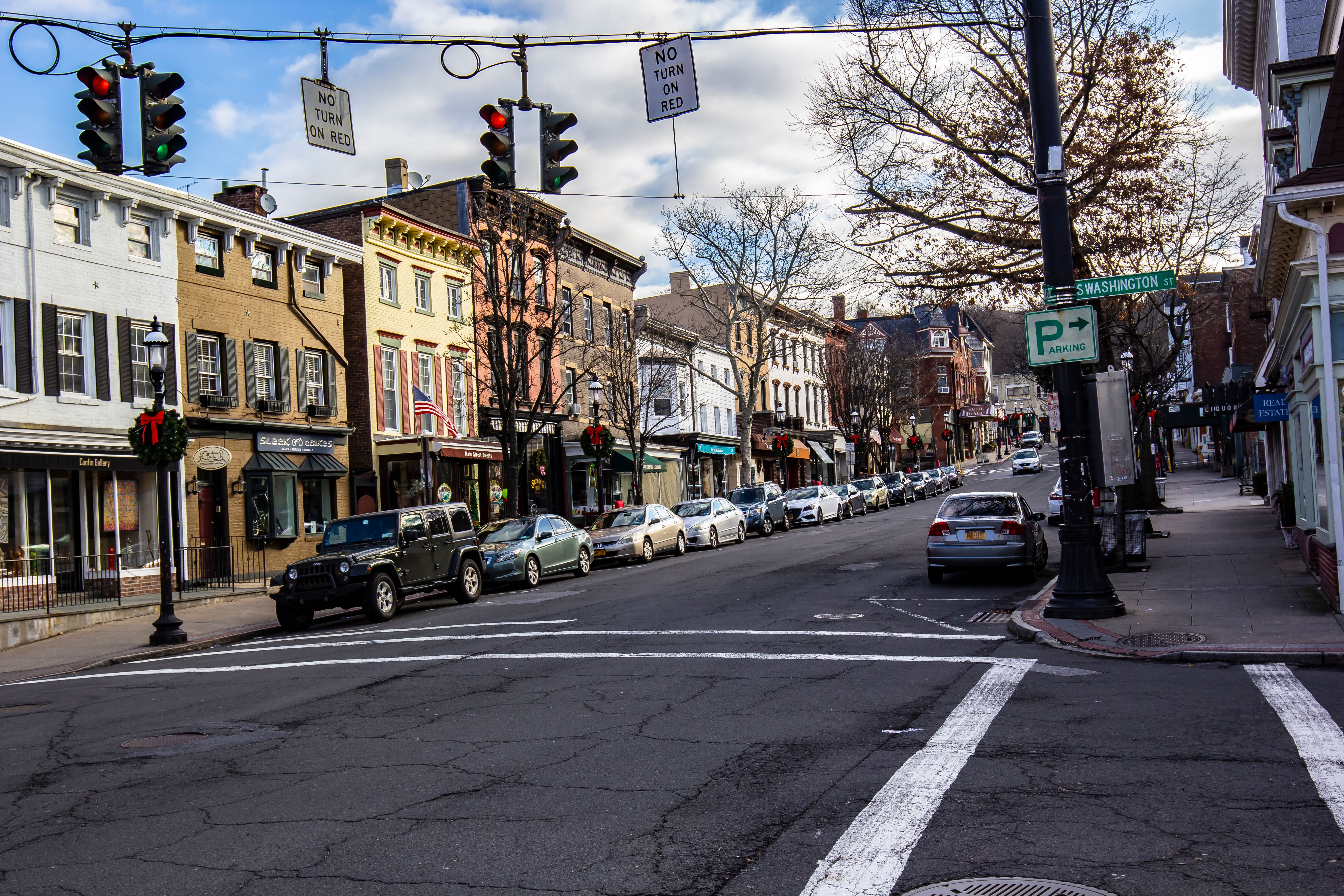
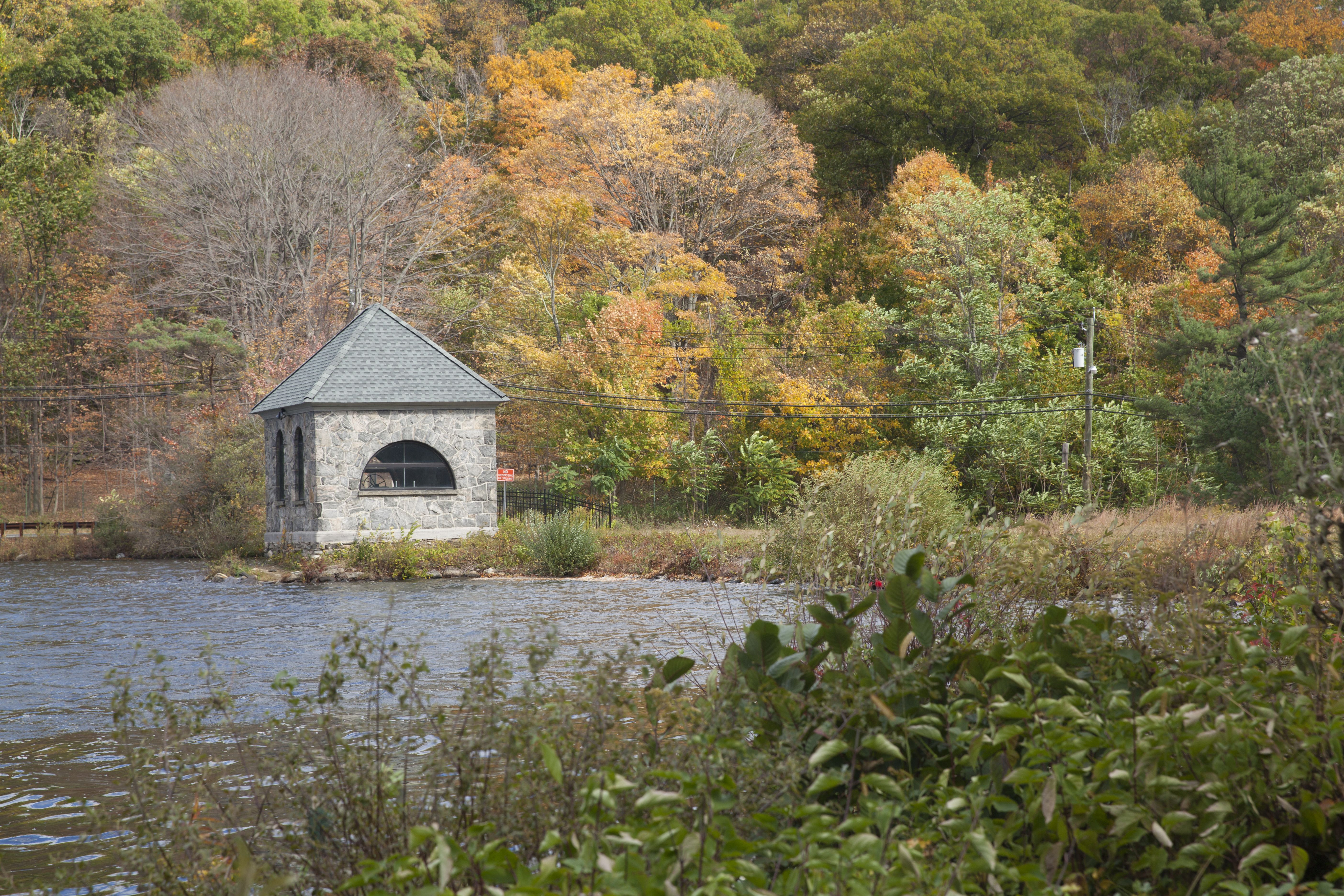
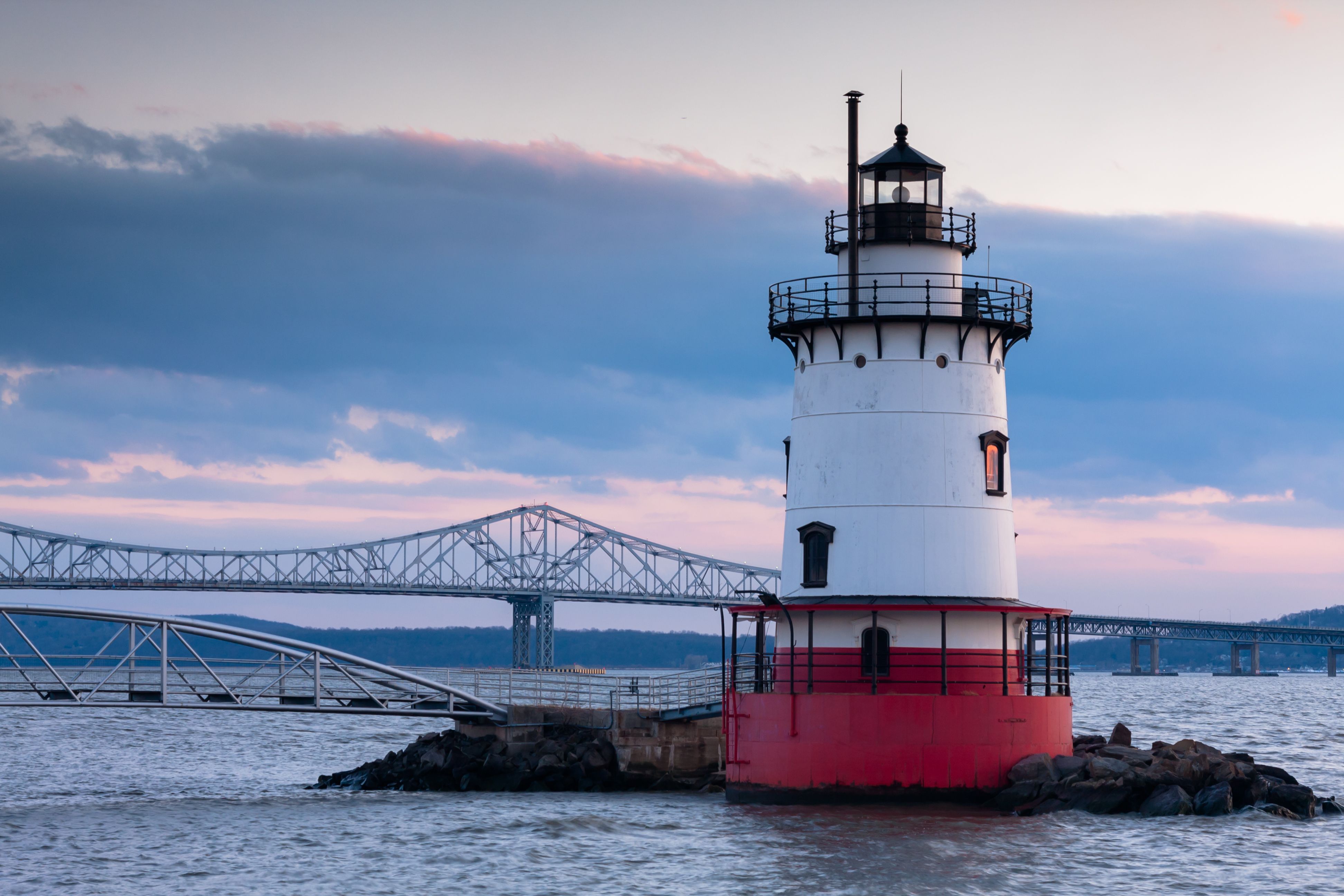
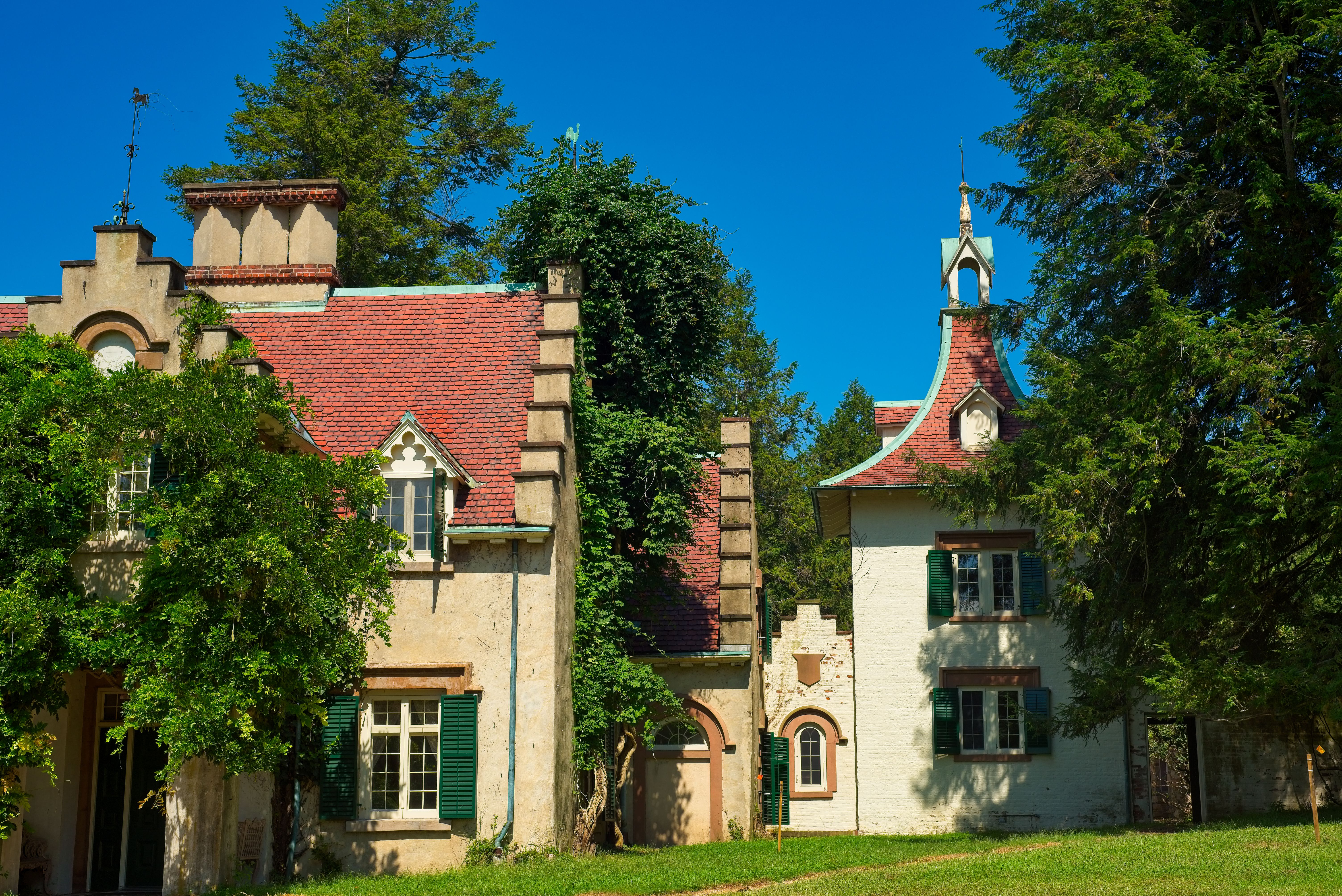
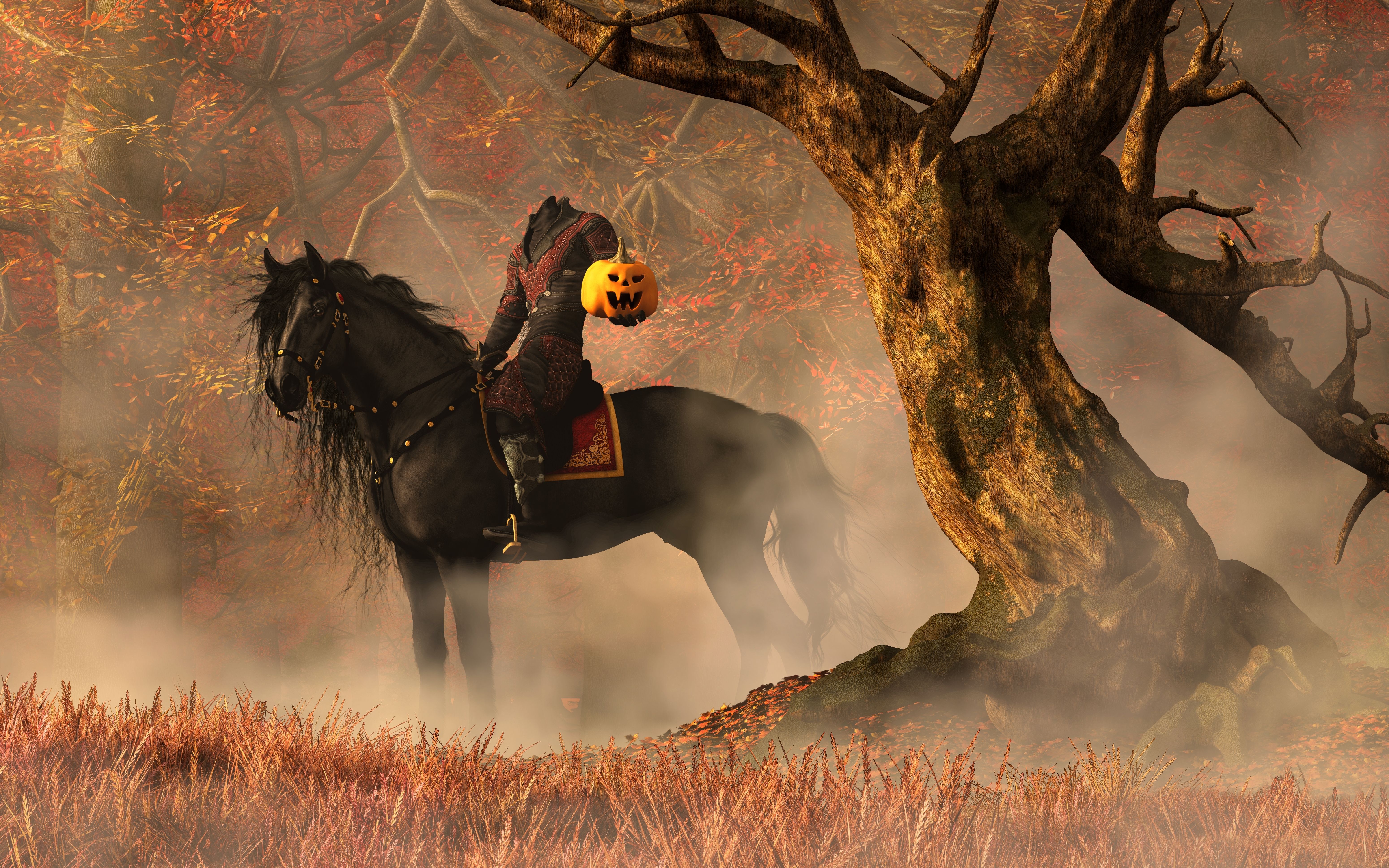



More Stories
Complete Guide To Exuma’s Hidden Gem
Birkenstock Sandals Are on Major Sale
Complete Guide To Austria’s Beautiful Capital City